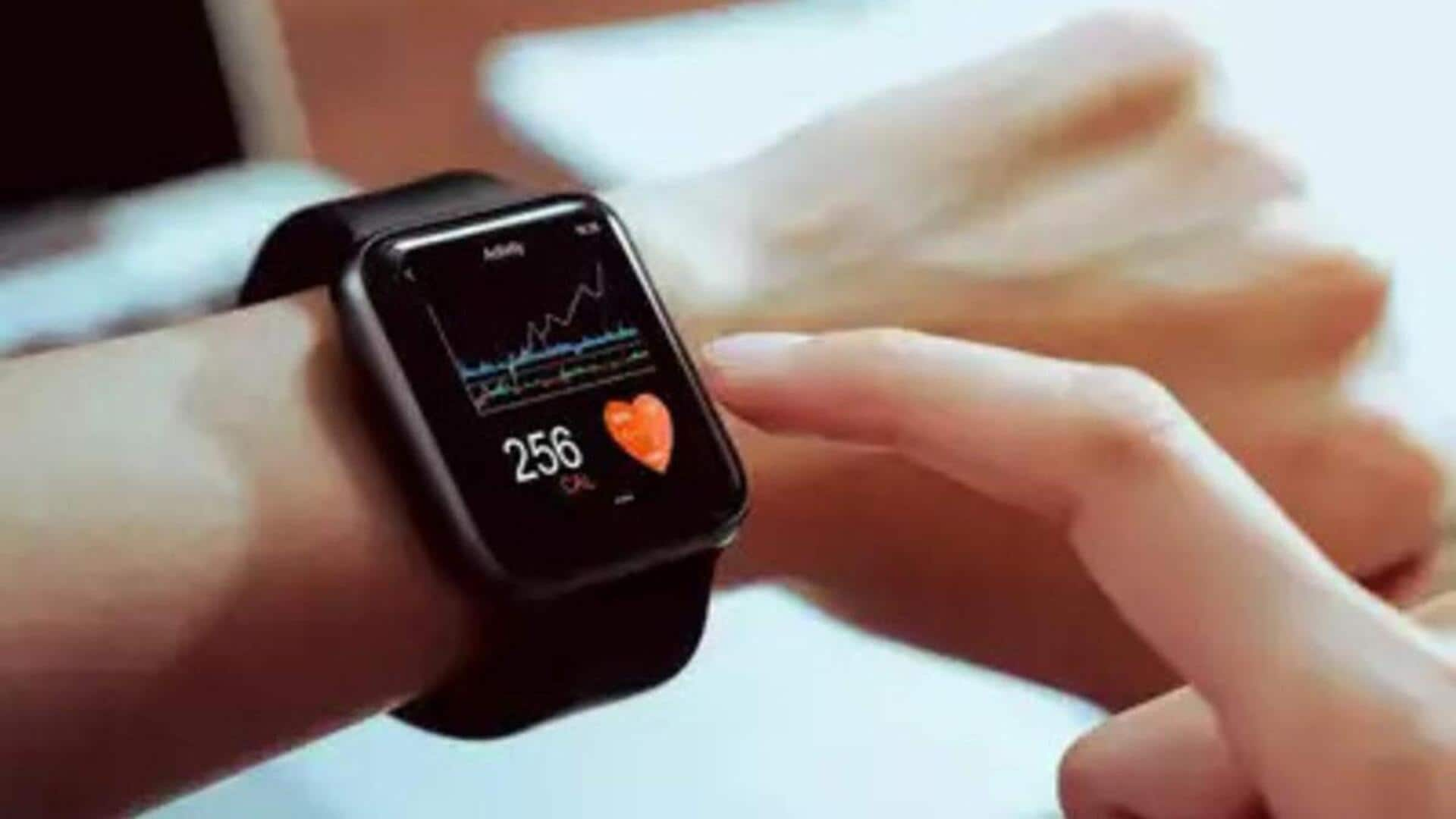
How Apple Watch's warning saved a woman from rare cancer
What's the story
A New Zealand woman has credited her Apple Watch Series 10's Vitals app with early detection of her blood cancer, potentially saving her life.
The app consistently flagged abnormal heart rate patterns, prompting her to seek medical attention.
Amanda Faulkner, a consultant psychiatrist based near Napier, shared that she was just two days away from potential death when the watch alerted her to a critical health issue.
Overlooked signs
Symptoms overlooked, leading to critical diagnosis
Since early 2025, Faulkner had been feeling unusual fatigue, heavy periods, and discomfort in hot weather.
She first brushed the symptoms off as signs of perimenopause or anemia.
However, the Vitals app on her new Apple Watch started notifying about fluctuations in her resting heart rate.
Though she thought it was a faulty device at first, the constant notifications led her to consult a doctor.
Diagnosis
Vitals app's data led to cancer diagnosis
The Vitals app gave detailed graphs indicating an upward trend in her heart rate. Faulkner shared this with her doctor, leading to further tests.
Within hours of being admitted to the hospital, she was diagnosed with acute myeloid leukemia (AML), a rare and aggressive form of blood cancer.
Doctors warned that delayed treatment could have resulted in death within days due to complications from the untreated cancer.
Survival
Early detection enhances survival chances
Faulkner was immediately transferred to Palmerston North Hospital where she has been receiving chemotherapy since January.
Her husband, Mike, credited the Apple Watch for alerting her and giving a chance to fight before it was too late.
He said, "The data made a life-changing difference," stressing that the early warning provided by the smartwatch greatly improved her odds of survival.
Functionality
Vitals app: An early warning system
Launched with watchOS 11, the Vitals app serves as an early-warning system tracking key overnight health metrics like heart rate, respiratory rate, wrist temperature, blood oxygen levels, and sleep duration. It creates a personalized baseline for every user.
If several metrics are out of the normal range, the app alerts with possible explanations like illness or medication side effects.
Apple says these aren't diagnostic tools. but can prompt users to seek medical advice sooner.